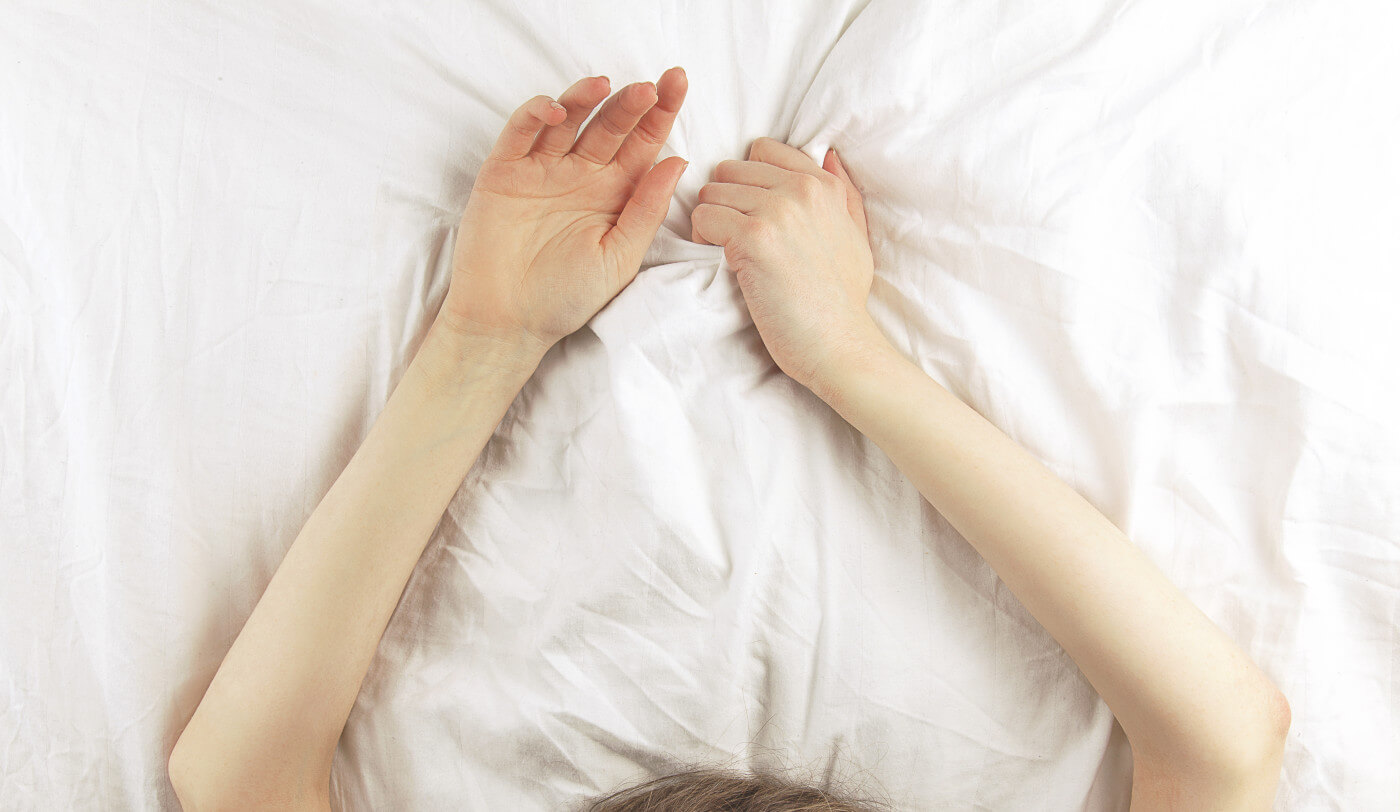
Everything You Need to Know About Vibrators
If you’ve ever used a vibrator, you don’t need to be convinced of its pleasure benefit. But in case you were wondering, studies suggest using vibrators is good for sexual wellness and overall physical and mental health.
Vibrators were not always designed for sexual pleasure, but thankfully, we’ve come a long way. Here is what you need to know about vibrators today.
How to Choose a Vibrator
Vibrators come in all shapes, sizes, and colors. Some suck, some pulse, and some come with remote controls or mobile apps. Some are phallic-shaped, some fit around a penis, and some fit on your finger. You get the picture. There are plenty of options. When you set out to buy a vibrator, consider what you want it to do and what appeals to your senses.
Be sure to choose a vibrator made of materials like body-safe silicone or plastic. Avoid sex toys made with jelly-like materials or polyvinyl chloride (PVC).
If you go into a brick-and-mortar store with vibrators on display, you can test a vibe by holding it like you are shaking its hand to get a feel for its weight, girth, and general feel. Try touching the vibe to the tip of your nose to check the vibration intensity.
How to Take Care of Your Vibrator
If you didn't know, not all lubes can be used on all vibrators. Most of the time, vibrators are made of silicone and, therefore, need water-based lubes. If you aren’t using a condom, you can use an oil-based lube. A good rule of thumb is to not mix silicone toys with silicone lube. Be sure to check what type of material your vibrator is made of and what lube is most compatible with it.
If you’ve ever tossed your sex toy in the nightstand drawer directly after using it, you’re not alone. However, to really take care of your vibrator (and yourself), clean it after each use. Once it’s dry, place it in a cloth bag or sock and store it in the drawer for next time. Or display it on your bookshelf.

If you are sharing a vibe, remember to take safety precautions. Clean the toy as needed between users. You can also put a condom or other type of barrier over it, and change the barrier between users. Or between butt play and vaginal play. Using a condom or other barrier is also an excellent strategy to keep your vibrator clean when you use it while on your period.
One last tip here: keep it charged up. Most vibrators come with USB and/or wall plugs, so they’re easy to charge. It’s disappointing to reach for your vibrator and find it has no juice or, worse, it runs out of juice mid-session. So be proactive and recharge it even if you think it has a little bit of life left.
How to Use a Vibrator
The vibrator is a versatile toy. You can use a vibrator for solo play or partnered play. If you whip out a vibrator (or two) to use with a partner (or partners), the vibrator can enhance foreplay and sex. Some sex positions are perfect for using a vibrator. And it will likely boost pleasure for a vulva or a penis during intercourse.
Vibrators are not only for genitals. You can use one to stimulate an anus. And if the vibe has a broad base, you can use it for anal penetration and even prostate massage. Try grazing hot spots like nipples, scrotum, or inner thighs with a vibrator to see what feels good.
Vibrators are generally safe to use, but just two words of caution here. If you stick anything in a butt, make sure it has a flared base. Also, if using high-intensity vibration stimulation directly on a clitoris causes any pain or discomfort, take it down a notch or put a thin barrier, like a sheet or a t-shirt, between the vibrator and the clitoris.
Stay safe, have fun, and vibe on.




